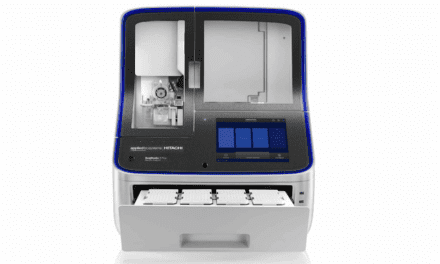In an article published in the Journal of Pediatrics, researchers based in Brazil describe the case of a nine-year-old boy admitted to a hospital with multiple symptoms and overlapping conditions that made diagnosis difficult, such as short stature, thin tooth enamel (dental enamel hypoplasia), moderate mental deficiency, speech delay, asthma, mildly altered blood sugar, and a history of recurring infections in infancy.
The team used exome sequencing, in which only the protein-coding portion of the genome is analyzed, to look for genetic mutations, and found them in GCK and BCL11B. As a result, the diagnosis was monogenic diabetes and T-cell abnormality syndrome, both of which are rare diseases. Identification of the exact cause of the problem and the discovery of a blood sugar alteration significantly influenced their choice of treatment.
Syndromic Growth Disorders
This is one of six cases involving syndromic growth disorders with multiple genetic diagnoses (two or more distinct genetic conditions in the same patient) described in the article, which concerns a study conducted by researchers at the University of São Paulo’s Medical School (FM-USP) with FAPESP’s support.
“Exome sequencing is a very useful technology to reduce what we call the diagnostic odyssey – the long journey patients with rare or complex conditions have to undergo until they receive a proper diagnosis,” says Alexander Augusto de Lima Jorge, last author of the article. “Ten years ago, private labs charged BRL 10,000. The price has now fallen to BRL 4,000 [about USD 800]. That’s still a lot of money for a test, but it has proved essential to accurate diagnosis and treatment in cases of this kind.”
The team sequenced the exomes of 115 patients with syndromic growth disorders that had hitherto unknown causes, diagnosing 63 on the basis of the genetic analysis; 9.5% of these had a multiple diagnosis, far more than in previous studies.
“The cases involved two or more rare monogenic conditions in the same patient. Such cases are very hard to diagnose, especially by clinical assessment alone,” Jorge says. “The study highlights the need to use broad genetic tests such as whole exome or whole genome sequencing for these patients as the only way to identify the rare diseases that explain such clusters of conditions.”
There are numerous rare diseases, including growth disorders, so it is naturally difficult to identify many of them, he added. Between 5% and 10% of the world’s population is believed to have a rare disease.
Short stature or tall stature is not a diagnosis but a clinical finding. “Short stature may have an external cause, such as an infection or malnutrition. Even so, genetic factors will always be important to growth. In healthy children with short or tall stature as the only manifestation, there will probably be a polygenic basis [where stature is influenced by several genetic variants], but in syndromic growth disorders, in which short or tall stature is accompanied by other findings such as mental deficiency, deafness, autism spectrum disorder or malformation, an alteration in one or more genes is more likely as a justification for the complex phenotype involved,” Lima Jorge says.
Further reading: Genome Sequencing Nearly Twice as Effective as Targeted Gene-Sequencing in Newborns and Infants
Significance of Genetic Diagnoses
In light of the results, the researchers advocate recognition of multiple genetic diagnoses as a possibility in complex cases of growth disorder, opening up novel prospects for treatment and genetic counseling for such patients, in place of the typical paradigm that calls for a single diagnosis to explain all findings.
In the article, the researchers state that the development of next-generation sequencing techniques such as whole exome or whole genome sequencing has made selecting a single gene as the candidate to explain a case unnecessary. This particular benefit has proved useful in the research environment to foster the discovery of novel disease-associated genes, to further the study of conditions with a high degree of genetic heterogeneity, and to help care for patients with complex syndromic conditions, where diagnoses cannot be obtained by traditional clinical and genetic methods.
Several challenges noted by Lima Jorge include the high cost of genetic tests and the fact that exome sequencing has a success rate of about 50% in the diagnosis of complex cases. In other words, about half the patients submitted to this kind of analysis will have to go on looking for a conclusive diagnosis.





